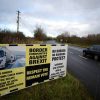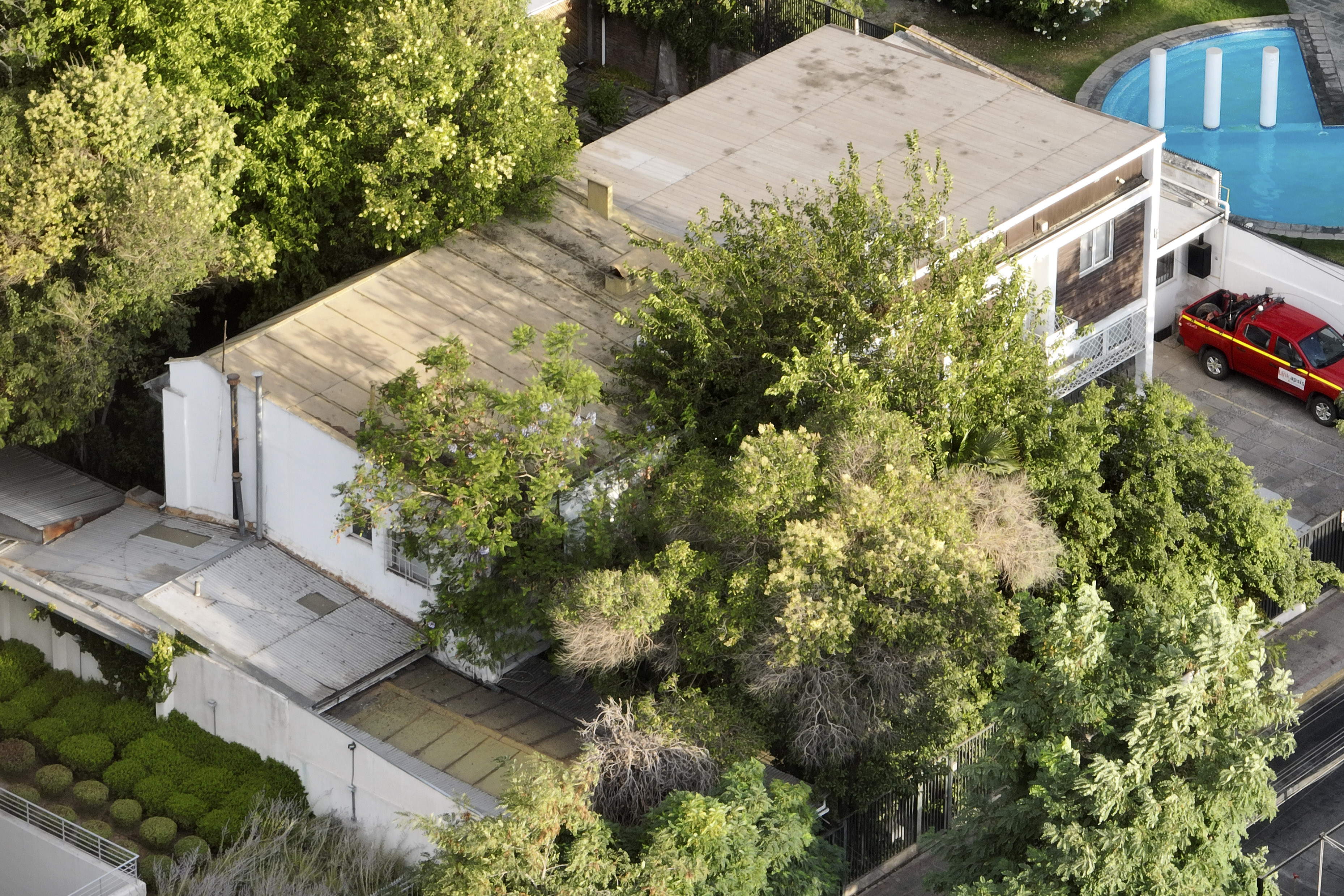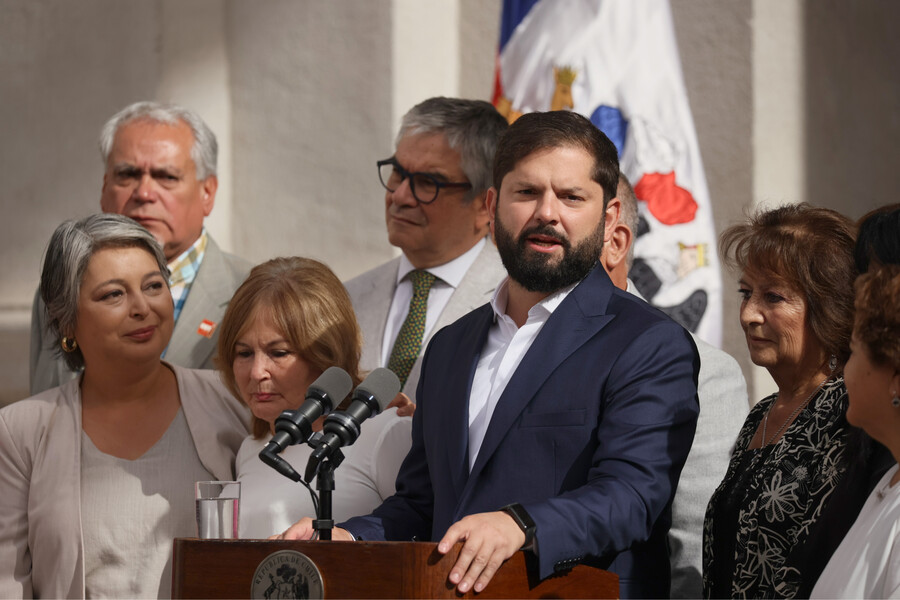The United Nations has just released a 40-page summary for policymakers, of its most up-to-date and thorough Global Assessment Report on Biodiversity and Ecosystem Services – and the outlook is bleak.
The report warns that one million species are in danger of extinction, as the deterioration of nature is happening hundreds of times faster than at any point in the last 10 million years. Furthermore, biodiversity is dramatically decreasing in tandem with the loss of biologically rich ecosystems such as woodlands and jungles, which are being replaced by disease and disaster prone monoculture plantations. Economically, pollinator loss jeopardises crop output as much as $577 billion. In addition, 23% of productive, fertile land has been lost due to land degradation. Leaders of the report have stated there is a need for urgent ‘drastic change’ to stem the ecological crisis.
In the UK, Labour leader, Jeremy Corbyn, put forward a motion to declare a formal climate and environment emergency, and the implementation of a green industrial revolution to help respond to it. The House passed the motion without a vote, and Corbyn remarked that this bold statement could ‘set off a wave of action from parliaments and governments around the globe.’ He also declared that it was the ‘historic duty’ of politicians and adults generally to save the planet for future generations, as they would not have that same chance. But, what prompted the UK to act before the report was published?
For two weeks in the middle of April, much of London was ground to a halt, as protestors of the ‘Extinction Rebellion’ engaged in non-violent resistance and civil disobedience to demand the attention of the media and the UK’s politicians on the problem of climate change. Although this now worldwide rebellion started in London in May of last year, it took much inspiration from the lone protest of 16-year-old Swedish student, Greta Thunberg, who campaigned outside the Swedish parliament on Fridays for three weeks instead of attending school. This protest captured attention internationally, evolving into the School Strike for Climate movement, where over 1.6 million children, spanning 100 countries, have participated in Friday strikes in order to draw attention to the ecological crisis, prompting some backlash over lost education.
On the 16th April, Paris’ Notre Dame Cathedral was ablaze, losing a spire and part of its roof. In a matter of days, crowd funding for restorative works reached the $1 billion target. At the same time, ´Garbage Island’, a floating mass of plastic and waste twice the size of Texas continues to grow in the Pacific Ocean, contaminating the waters and destroying marine life. Experts say this sum of money would be enough to clear up the 1.8 trillion pieces of plastic, equivalent to 250 pieces per human being on the planet.
So, in light of the Inter-governmental Panel on Climate Change’s warning that we have 12 years to limit global warming to a rise of 1.5C, before irreparable risk and damage befalls millions of the world’s population in the form of droughts, floods, and poverty – where is the support for the environment?

Protestors block Oxford Circus in London, during the ‘Shut down London!’ campaign, on the 19th April; Photo by Jwslubbock

Photo of the Swedish pupil, Greta Thunberg, who staged a protest herself outside the Swedish parliament; Photo by Anders Hellberg and published under the license Creative Commons Attribution-Share Alike 4.0 International
Greta has become a figurehead for the worldwide climate movement, giving a speech at Marble Arch during the London protests and meeting with UK politicians, as part of a 4-country tour she has taken by train. She also has Asperger´s syndrome. Her age and her dealing with this disorder has made her a truly inspiring leader for the movement. However, some critics have argued that to celebrate these characteristics, should not exempt them from objective pragmatism. Though her youthful passion is admirable, she is too politically inexperienced to implement real solutions or political change herself – yet no opposition would be willing to voice this. Helen Dale states, ‘That a political movement requires a child who cannot be scrutinised to lead it speaks volumes’. Regardless, her determination and knowledgeable discourse have gained her a nomination for the Nobel Peace Prize.
The London protests sought to bring about the enactment of three principal aims:
- Tell the Truth – Government must tell the truth by declaring a climate and ecological emergency, working with other institutions to communicate the urgency for change.
- Act Now – Government must act now to halt biodiversity loss and reduce greenhouse gas emissions to net zero by 2025.
- Beyond Politics – Government must create and be led by the decisions of a Citizen´s Assembly on climate and ecological justice.
Protestors of all ages were willing and even wanted to be arrested for civil disobedience, with some gluing themselves to trains and even the house of Labour leader, Jeremy Corbyn. Some people risked losing their jobs by willingly gaining a criminal record, but remained undeterred, as the police operation resulted in 1,065 arrests, the highest number in a single operation in recent British history, with 53 people charged and no reported instances of violence. Sophie Wilson, an officer in the Met Police who was on duty at night at the Marble Arch site, explained that protestors and arrestees were generally very compliant and grateful to the police, as they had been forced to work 12 hour shifts due to staff shortages and the area over which they were stretched.
However, many people, including London Mayor, Sadiq Khan, criticised the necessitated police presence, which included drafting in officers from other regions, as London is already grappling with a knife crime epidemic amidst police cuts.
Monty Fitzgerald, 25, travelled from Gloucestershire to attend the protests, he described the atmosphere, as ‘Generally, it was really positive, very loving, very inclusive, very happy and hopeful about the future’. The lack of friction with the police and consistently positive mood could be attributed to the fact that the protest zones and camps had a strictly no drugs or alcohol policy. Despite attracting criticism for delaying regular Londoners going to work and causing hundreds of thousands of pounds worth loss of business, Monty notes:
‘The majority of people understood that a few weeks of inconvenience now, at this point, is nothing compared to the catastrophic loss of life in the future, possible loss of food security, loss of biodiversity, the potential even for the collapse of the whole global financial system and the whole of human society really’.
Furthermore, the accolade of arrest has proved problematic in the debate on the rebellion’s diversity. Many view the movement as a white middle-class concern, although communities of colour feel the effect of climate change to a greater extent. Sadly, antagonism of the police by people of colour is likely to bear graver consequences. Thus it cannot be taken as lightly as it is by the demographic, which forms a majority of the group’s make-up. The working class communities and people of colour who are the most commonly disenfranchised, risk being left behind by the movement if it continues as it is. As journalist, Minnie Rahman, puts it, ‘any movement which does not empower these voices will be a movement that is easy for political leaders to ignore and to dismiss solely as a ‘middle class concern’’.
Monty Fitzgerald remarked that protestors found criticism of the movement’s diversity ‘frustrating’, as the group’s policy is very inclusive. He adds that the portrayal of the group as white and middle class not necessarily demonstrating the demographic that supports the cause, as it may be harder for the working class, for example, to take so much time off work. He also acknowledges the volatility of the immigration debate, and suggests that those more vulnerable at the ‘front line’ could still help the cause through other roles such as organisation, media, networking, and technical assistance. He also notes the absence of staged diversity, which is a common phenomenon in modern marketing techniques.
Despite this, progress has been made as leaders of the Extinction Rebellion have won meetings with the Mayor Sadiq Khan, and the Environment Secretary, Michael Gove, over the course of the last week. These meetings concluded with Sadiq Khan and Michael Gove agreeing to discuss a Citizens’ Assembly and to take a more active position on the question of climate change.
The Rebellion had succeeded in gaining the attention of politicians, with climate change discussed in parliament and a meeting between Greta Thunberg and key politicians, except Theresa May. During which she accused the UK of being ‘irresponsible’, citing fossil foil exploration and a failure to include transport costs in figures of CO2 emissions. Yet, though the Rebellion’s aims express targets, there is little suggested in the way of meeting these goals, bar a Citizen’s Assembly, which is designed to circumvent political agendas damaging climate change progress and Brexit-like delays. Of course, establishing the Assembly and exercising it will take time itself too.
Green New Deal, the american response
America’s answer to the Extinction Rebellion is the ‘Green New Deal’. Based on President Roosevelt’s ‘New Deal’, devised during the Great Depression, it seeks to draw on its economic model while incorporating renewable energy and resource efficiency. Trump has mocked the proposal, which Congresswoman Alexandria Ocasio-Cortez put forward, while nearly every Democratic candidate for the 2020 elections has expressed support for the deal. The aim is to enable rapid mobilisation, as seen by nations on war footing, through economic planning and industrial policy measures to curb emissions and instigate systemic change. The Spanish parliament has also discussed the possibility of a Green New Deal.
The Extinction Rebellion, too, has expressed its support for the deal and, in March, urged the Labour party to champion a similar programme in the UK, dubbing the idea ‘Labour for a Green New Deal’. They argue that climate change is a by-product of a relentless capitalist system in which few profit hugely at the expense of the masses, thus hoping to reduce inequality while simultaneously stemming harmful environmental practises. This is a worthwhile cause, as it may offer solutions and not just motivation for politicians, something that is currently overlooked in the pursuit of a response. Minnie Rahman concludes ‘it would be truly exciting to see the energy of Extinction Rebellion converted into support for a Green New Deal which holds solutions for systemic change’.
However, it seems that some people are uninterested in facing up to the problems we face on Earth, instead opting for ‘Planet B’. Space expenditure is continually on the rise, with the Dutch Mars One Programme hoping to launch a colony on Mars as early as 2032. These projects are expensive and very polluting. Moreover, there is a serious issue in ignoring vital problems here on Earth, by creating an elitist colony for those who can afford to escape to Mars. This would surely be no picnic in its early years, as materials and supplies would take 9 months to reach the absent infrastructure of the planet.
Although the Extinction Rebellion has not been without its flaws, it is only the second wave of a series of protests, and likely to grow in size and influence. If it can evolve to integrate marginalised communities and work in tandem with politicians towards workable goals, it will be a difficult movement to ignore.
We must remember the humble beginnings of other non-violent resistance campaigns, which have shaped the world we live in today. Rosa Parks’ refusal to give up her bus seat sparked the Civil Rights movement, just as one day we may say that Greta Thunberg´s days off school saved the planet. And, for those that dismiss the policy of civil disobedience as childish and unproductive, need look no further than Emmeline Pankhurst and the 1913 Suffrage Parade, ‘we are here, not because we are law-breakers; we are here in our efforts to become law-makers’.
As the ‘closing ceremony’ dwindled out and the protestors slowly vacated the designated site at Marble Arch, a small but powerful legacy had appeared undetected. Unmistakably in the style of ethereal artist ‘Banksy’, and virtually confirmed as his by experts and dealers in his work, was a spray-painted image and text on one of the walls. The image depicts a child holding the Extinction Rebellion logo, having planted a small sprout amidst the concrete jungle, a text reads ‘From this moment, despair ends, and tactics begin´. The use of a child is both a Banksy motif, and a likely allusion to the role of the youth in the School Strike for Climate movement, while the shoot represents the seed of hope, planted by those who had occupied that same square in the previous two weeks. The graffiti is likely to immortalise the importance of this early protest if the rebellion is to continue and take off as planned. As the government declares the climate emergency, the first objective has been achieved and the country begins to mobilise against ‘our greatest threat in thousands of years’, as iconic natural commentator David Attenborough described it to the UN summit on climate change. But the question remains, will we see the carbon emissions cut to net 0 by 2025, or a shift in control of the narrative from the politicians to the people in a Citizens’ Assembly?














